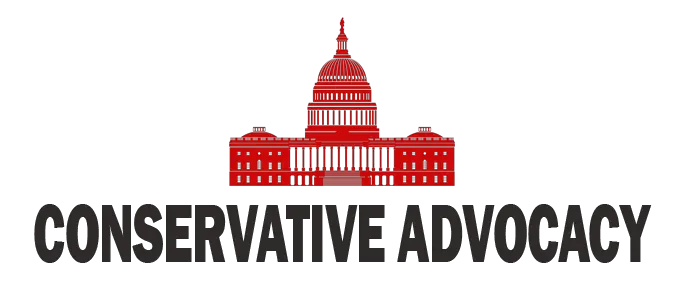President Donald Trump’s administration is making bold moves to reshape the American education landscape, both in K-12 and higher education. With the recent confirmation of Linda McMahon as Secretary of Education, Trump has set the stage for what he calls the “final mission” of the Department of Education: its eventual dismantling. McMahon, a business-savvy leader from Trump’s first term, has been tasked with transferring educational oversight back to the states and eliminating federal mandates that conservatives argue have stifled local control and parental rights. Her agenda prioritizes school choice, vocational training, and removing divisive diversity, equity, and inclusion (DEI) programs from classrooms.
McMahon’s goals align closely with Trump’s broader vision for education reform. By expanding school voucher programs, parents will have greater freedom to choose private or alternative schooling options for their children. Additionally, McMahon has pledged to focus public education on core subjects like math, reading, and history while cutting funding for schools that promote what Trump describes as “gender ideology” or “radical indoctrination.” Conservatives see this as a long-overdue correction to decades of federal overreach in education policy. Critics, however, warn that dismantling the department could jeopardize federal programs like Title I funding for low-income schools and Pell Grants for college students.
Meanwhile, Trump has turned his attention to higher education, where campus protests have become a flashpoint in national politics. Following violent anti-Israel demonstrations at Columbia University and other institutions last year, Trump has threatened to cut federal funding for colleges that allow what he terms “illegal protests.” His administration has also launched a federal task force to investigate universities accused of failing to protect Jewish students from harassment under Title VI of the Civil Rights Act. These measures come amid growing concerns about antisemitism on campuses, with Columbia expelling multiple students involved in disruptive protests.
Trump’s hardline stance has sparked debate over the balance between free speech and public safety on college campuses. While critics argue that his threats infringe on First Amendment rights, conservatives counter that universities have a responsibility to maintain order and protect students from harassment or intimidation. By tying federal funding to compliance with these standards, Trump aims to hold institutions accountable for fostering environments conducive to learning rather than chaos. The expulsions at Columbia signal that some universities are beginning to take these issues more seriously.
The administration’s actions reflect a broader conservative push to restore accountability and traditional values in education. By decentralizing control over schools and cracking down on campus unrest, Trump is positioning himself as a champion of parental rights and national security. However, these policies also raise significant questions about their long-term impact on educational equity and freedom of expression. As McMahon begins her tenure and Trump doubles down on his agenda, the nation faces a pivotal moment in determining the future of its education system.
In both K-12 and higher education, Trump’s reforms aim to challenge entrenched bureaucracies and ideological conformity. Whether these efforts succeed will depend on their implementation and public support. For now, one thing is clear: the conversation around education is no longer confined to classrooms—it has become a central battleground in America’s cultural and political landscape.




